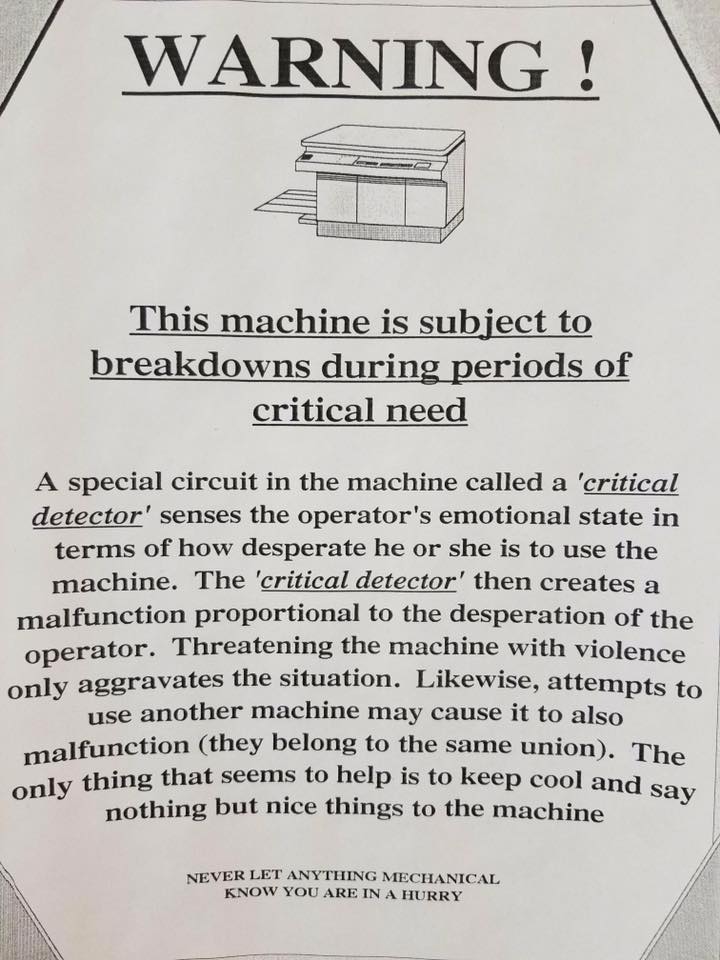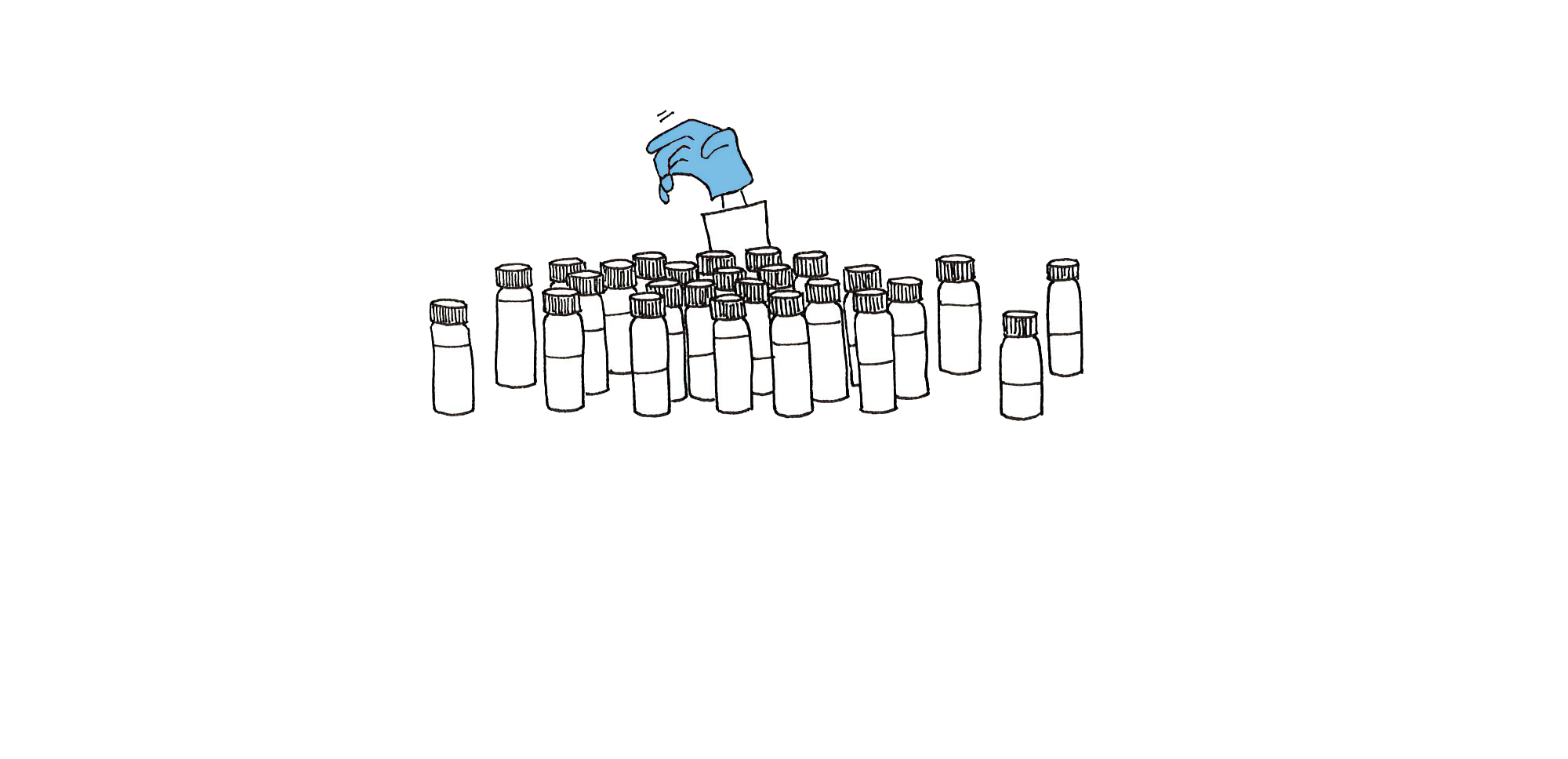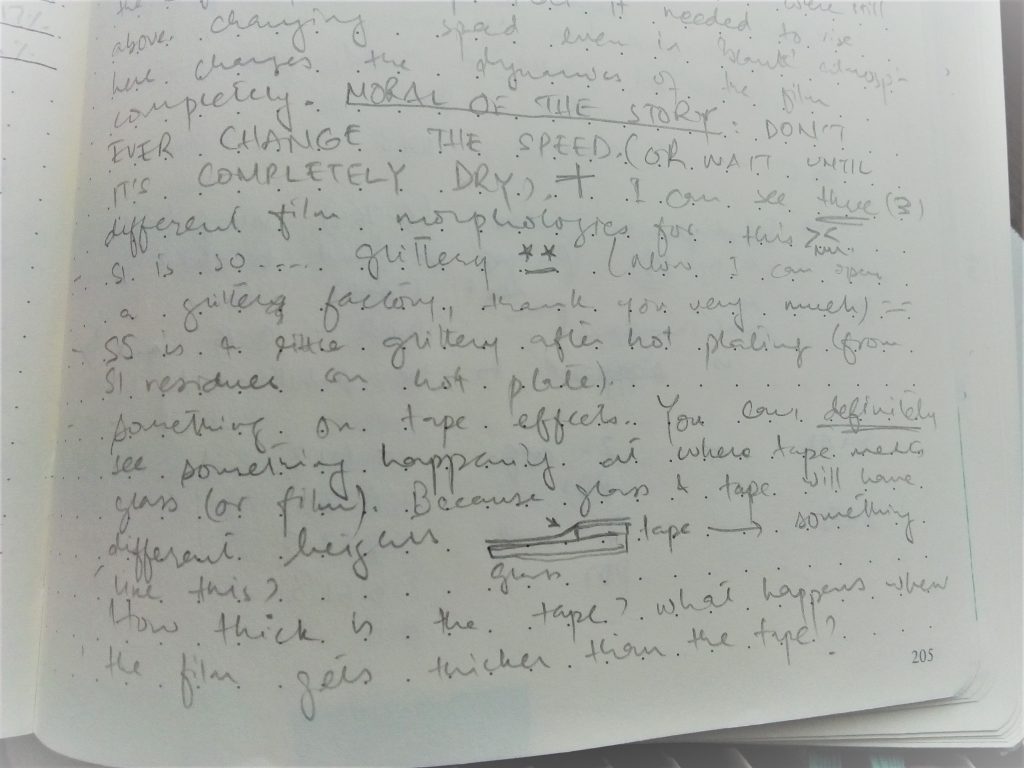If you’ll come to my lab, you’d see strangely labelled glass vials of different shapes and sizes, with all kinds of materials in them.
That is also probably one reason why I couldn’t initially find my way in the lab. Someone might tell me to use a particular solution and there I would be, lost in the freezer, trying to tell one solution apart from another by its color and consistency, or by the fact that there was p10 written on top of it (which I was later told was actually “old” – I’d just been reading it upside down).
The codes, of course, only serve their masters. All I can tell by those are that this is definitely something not I labelled.
Now, may be I find it strange and may be you wouldn’t, because perhaps you yourself have used similar systems, and lived in the same habitats, as my current lab.
I haven’t ever been a part of this kind of system. I have never had so many samples to deal with in my previous research experiences that I’d need to evolve complicated naming systems and rituals for my samples. So in the past, I had been naming my samples with their original name, and putting an underscore/hyphen/period/slash for labeling them specifically for whatever needed specification. The names can get a little long, but it had been working for me just fine.
But now, that I’m going to have lots of samples and solutions to keep track of, and following lab culture, I needed to come up with my own system of naming. And, hey! that system had to be good enough for at least four years for me: What if I stopped liking it halfway past my second year? I’d be stuck and miserable for the rest of my time here! (If not for my whole future career that hopefully lay before me). So I had to be very, very careful.
So how should I carry out the naming of my samples? The alphabets and numbers may make sense to a lot of people, but I am pretty sure that after two weeks of sample initiation, I’d most probably forget what it was and why I had a particular number assigned to it (and what good would be those alphabets and numbers to me then, if I cannot tell what they mean?).
To be able to tell which sample is which, you need to develop an emotional connection with your solutions and samples. So perhaps, you can name them like that as well, like you would name pets, or people.
So, my first sample in the series I did today could be Linda (and Linda, I’m afraid, is not doing too well in the lab). And Scruffy died a couple weeks ago, when I put a colder glass slide on a hot surface and cracked it all the way through (I still have his remains in my drawer). But Sunshine, Sunshine is looking good so far, I hope I can show her to my supervisor sometime in the near future and then take her down to the Physics department. If only Joe, Cookie, and Cheeseburger, will learn something from Sunshine, and keep to their good behavior for just a couple more experiments, It’d be great to take them down, too.
This can be pretty practical but what I particularly love about this system is it’s versatility. So many options and I doubt that I’d ever forget my best sample, Mikasa, from the Tape Effect series.
I guess I should wind up this post now… I have to go put Linda, Joe, Tin Tin, Sunshine, Cookie, Moon Crater, Bloo, and Cheeseburger in the oven.
P. S. I, obviously, also have a more professional, alphanumeric system in place to show the world.


